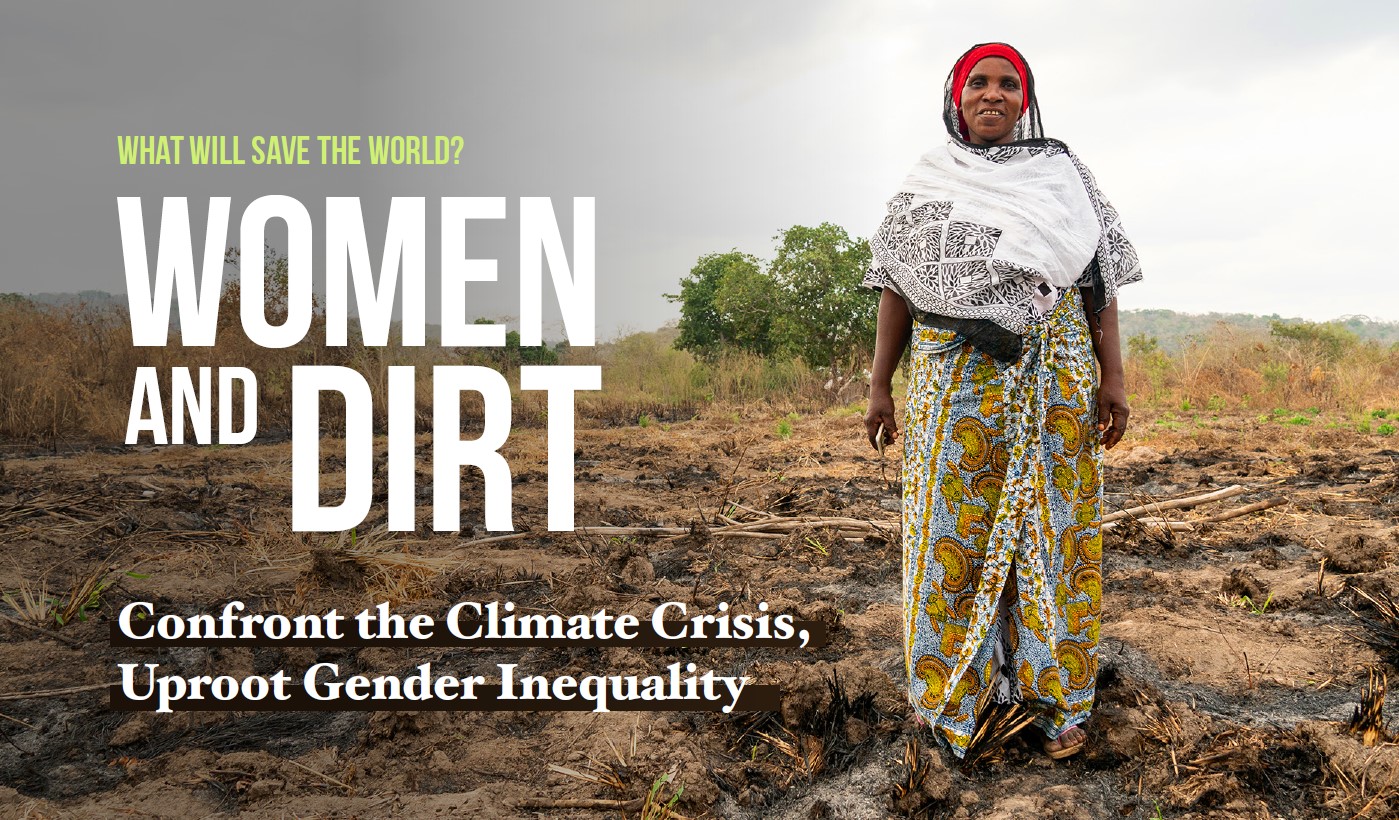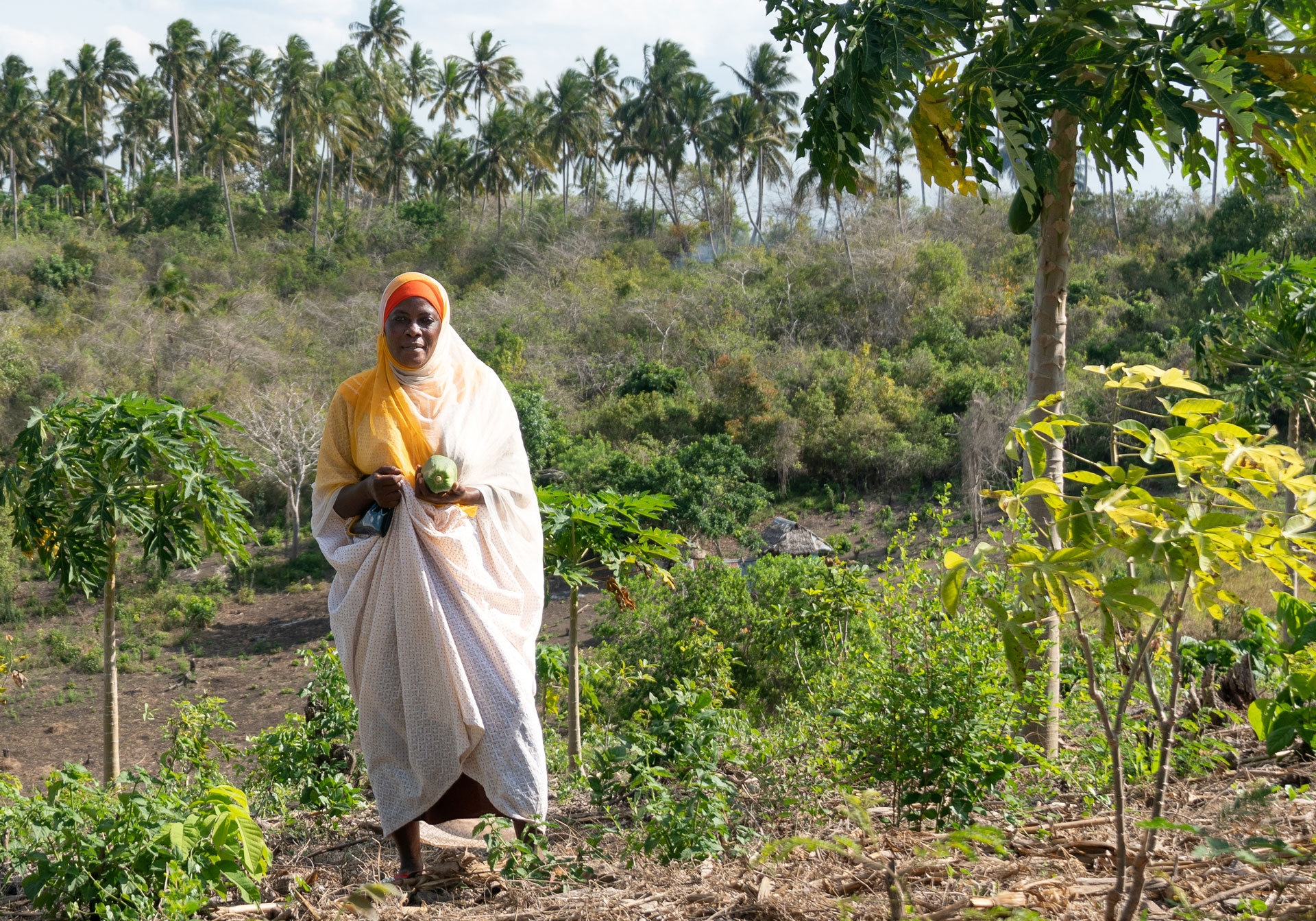
For people and planet
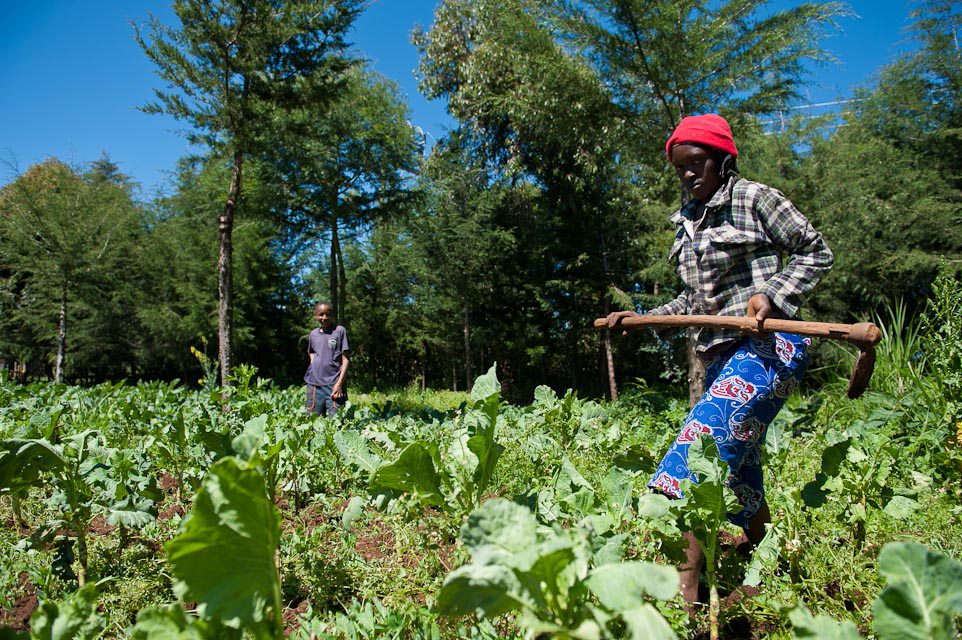
2.5 billion people worldwide depend on land for their livelihoods, and safeguard ecosystems crucial for human survival. But only a minority of this rural and indigenous land is legally recognized, which leaves these rural users and the natural resources they protect at greater risk for climate impacts and exploitation. In turn, natural resource degradation exacerbates existing social and economic issues like food scarcity, migration, and conflict, worsening poverty.
Increasingly rural land users are emerging as powerful change agents in advancing climate mitigation and adaptation. Meaningful participation of women, Indigenous Peoples, and youth in climate action is a cornerstone of climate justice.
Women
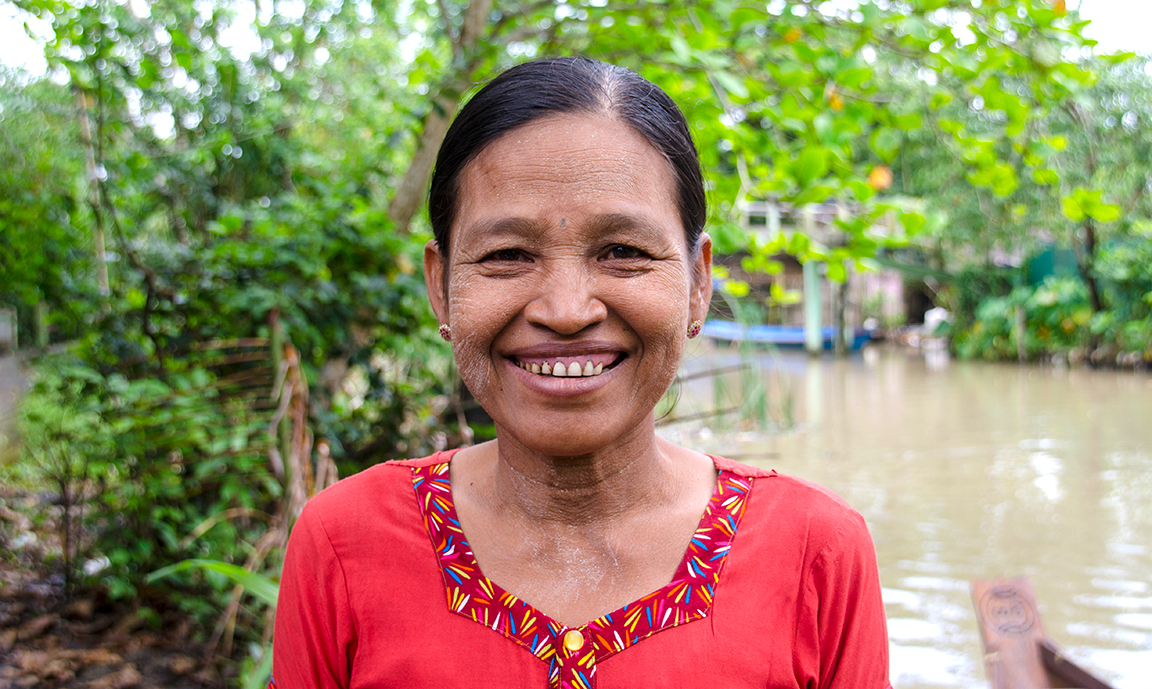
Women are powerful agents in building climate resilience because of their unique roles and possession of knowledge on natural resources within rural and Indigenous communities. At the same time, because women’s livelihoods depend on the management and consumption of diverse natural resources, they often bear a greater brunt of challenges when these resources are destroyed or depleted.
Increasing women’s control over land increases their decision-making ability at the household and community levels and boosts their influence as changemakers to build climate resilience. Research shows efforts to protect biodiversity and address climate change are more successful when women have strong land rights; for example, in Rwanda, women with strong land rights were more likely to engage in soil conservation.
The central role of women small-scale food producers as powerful change agents in building climate-resilient food systems cannot be understated.
Mueni Mutinda, Public Policy Advisor – Climate Change, Canadian Foodgrains Bank
Indigenous Peoples
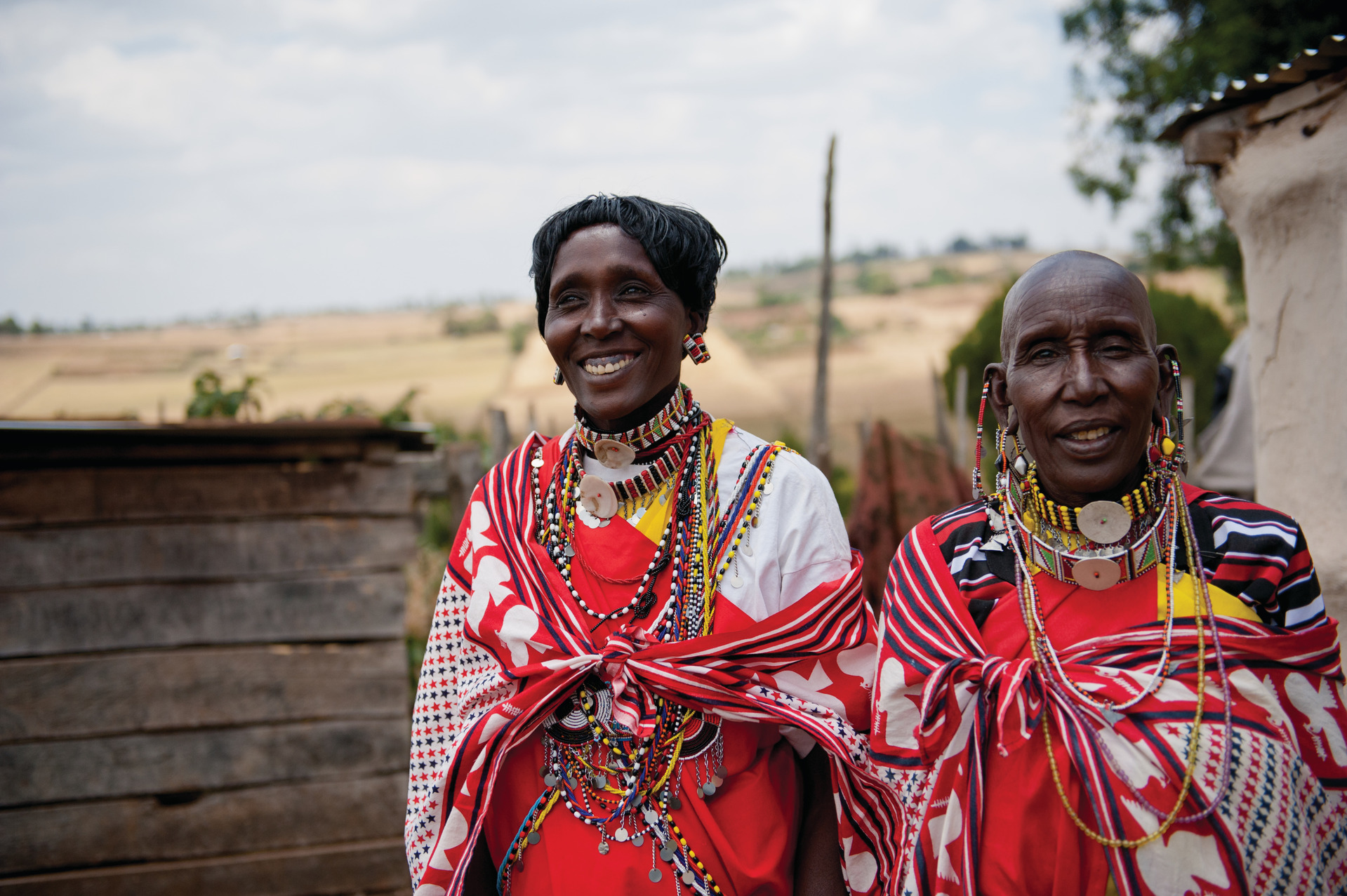
Youth
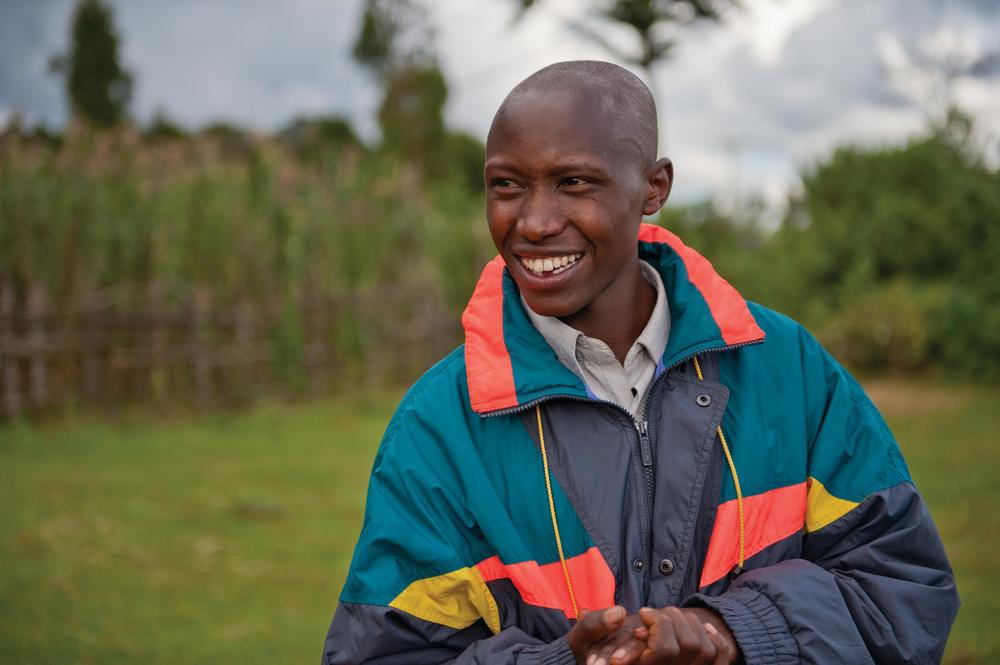
Youth are often the face of the global climate justice movement, but they bring untapped potential to address climate change using the power of land.
Preliminary research suggests youth have a stronger propensity to adopt new climate-smart agriculture technologies than older farmers but require secure land tenure to make the necessary investments. With over 60 percent of Africans under the age of 35, the “demographic dividend” of youth holds enormous potential to build climate resilience.
It’s important to involve youth in the fight against climate change. With their education, it’s easy for them to access and easily understand climate change information.
– Catherine Lunyungu, Champion for climate action in Tanzania

